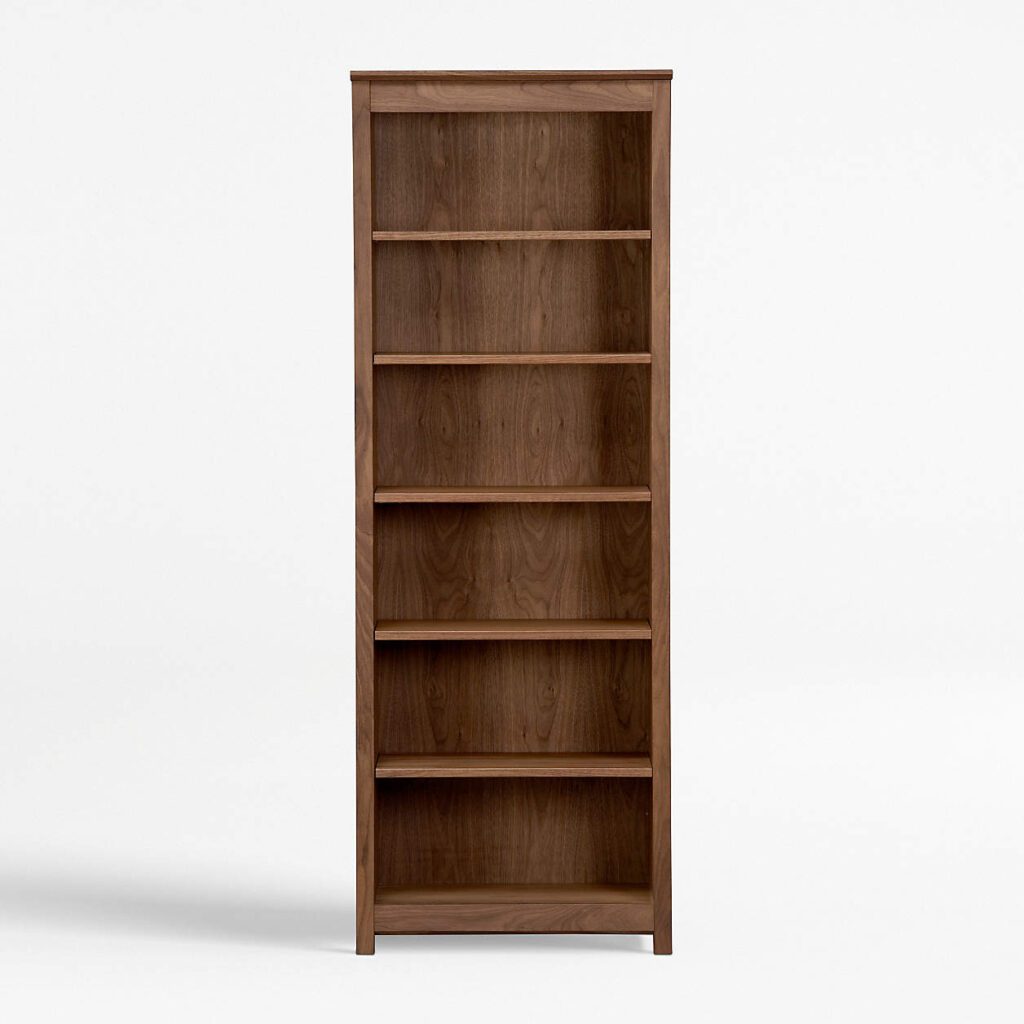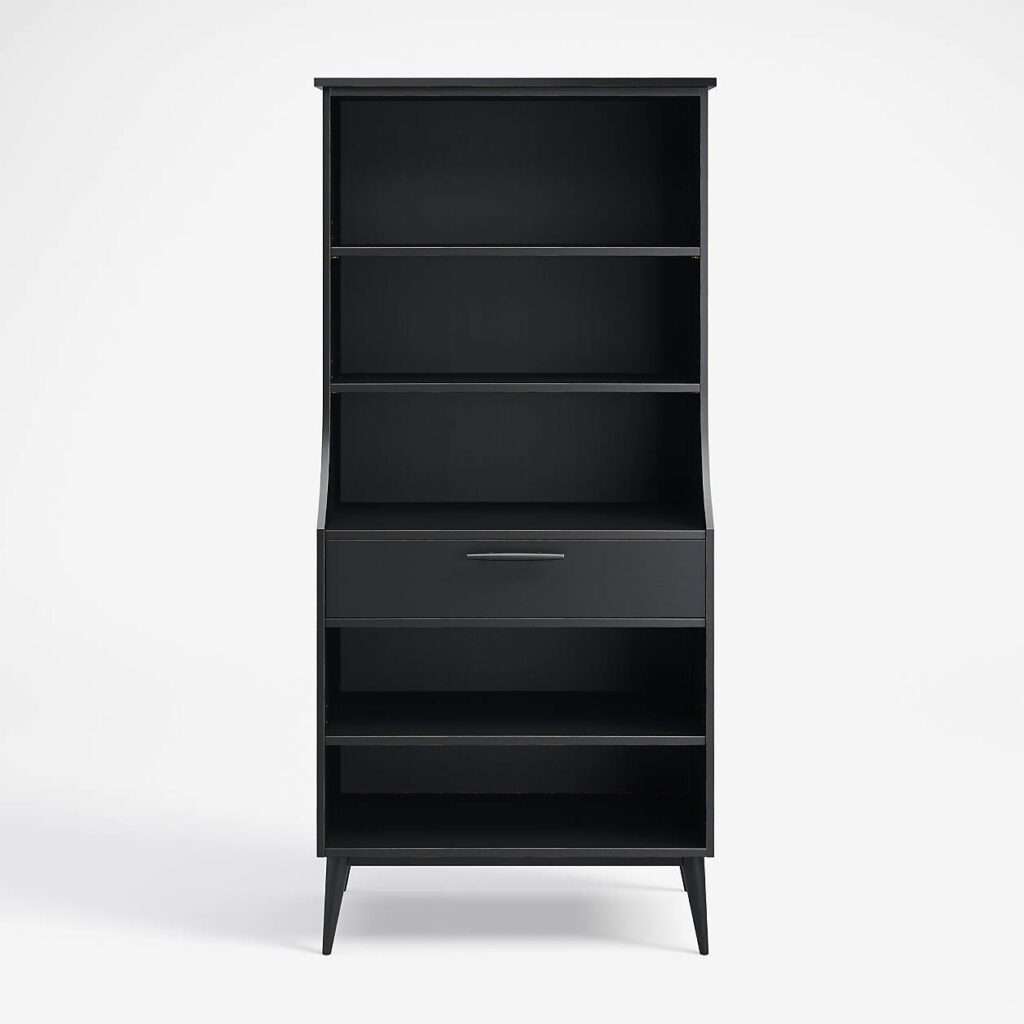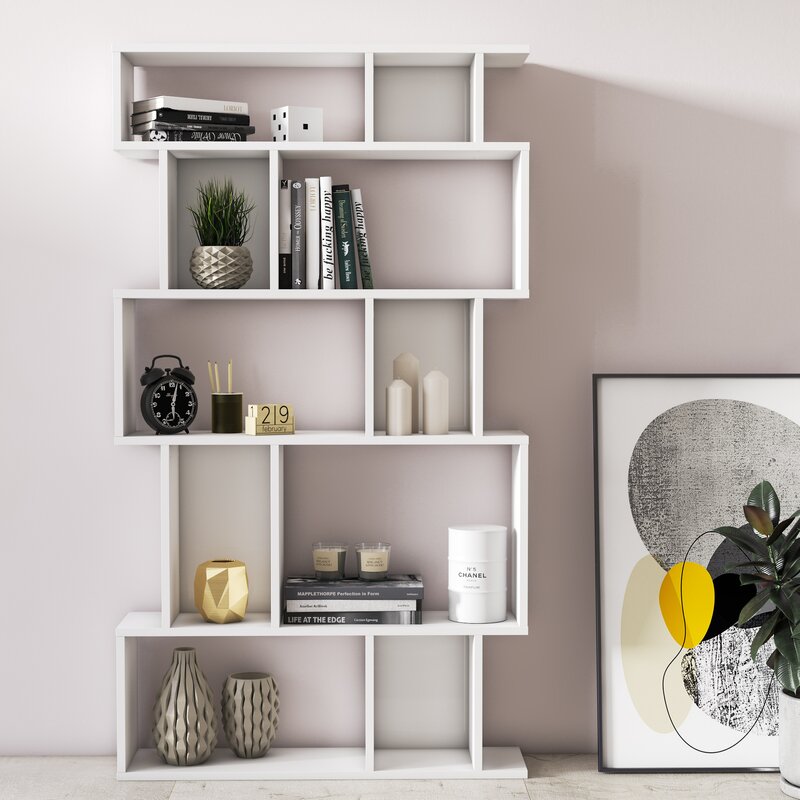How Peoples Organize Books in Library with Book Racks
If you have limited space, book rack are the perfect solution. These versatile shelves can be stacked one above the other or placed side by side. They are also ideal for small rooms. Unlike bookshelves, they don’t require wall fixings. They are easy to install and very durable. You can find many different styles and colors online.
Thomas Jefferson designed book racks
Bookcases that look like cubes are a hallmark of Thomas Jefferson’s Cabinet. They swivel on a base and each panel lifts up to hold a book. Book racks are the best option to organize your library books. The top panel lifts up to hold a fifth book. Jefferson used this system to store and transport his library to Washington.
Jefferson studied for up to 15 hours a day at the College of William and Mary and later became a member of Colonial Virginia’s House of Burgesses. He was a brilliant writer and was asked to draft the Declaration of Independence. Throughout his life, he continued to read and write. His love for reading and writing continued to guide him as president. He designed two rooms in his home, Monticello, dedicated to reading and writing.


Thomas Jefferson was an avid reader, and his library contained anywhere from nine to ten thousand volumes. His first library was destroyed in 1770, but it contained some valuable books. Among his many books were texts on history, religion, architecture, and poetry. It was estimated that his collection was worth about 200 pounds.
The books in Jefferson’s library were in three-tiered cabinets with angled shelves. These shelves were similar to those used by barristers. Jefferson had his own personal library at Monticello, which comprised nearly six thousand volumes. These books eventually formed the foundation for the Library of Congress.
Upon his death, Jefferson left his library to his grandson Francis Eppes. He also had a list of books he wanted to acquire during his lifetime. This included the library catalog which totaled 6,860 volumes and cost $24,000. Jefferson’s library was a place of learning, and he wanted the library to be accessible to the public.
Gladstone invented book racks
Gladstone was an incredibly busy man who often worked fourteen-hour days. He was an expert on government finance and wrote several books, including one on Homer. He also enjoyed cutting trees and going for long walks, sometimes up to 25 miles. His library grew to over 27,000 volumes during his lifetime. He also struggled to find his true vocation as a politician.
In the 1890s, he was also interested in spatial economy and devised compact mobile shelving which greatly increases book-storage capacity. He sketched designs on scraps of paper that he kept in his Radcliffe Camera and sent them to E.W. Nicholson, the Librarian at Bodley College, who later called the design a masterpiece of simplicity and effectiveness.’ His library would eventually be the first to install the revolutionary new shelving.
Gladstone’s interest in books led him to become a passionate collector. He visited book stalls, read catalogs, and visited book dealers. He was also a bibliophile and wanted to share his collection with the public. He believed that books were the “voices of the dead,” and that they were the main method of communication with the vast human procession in the other world. While Gladstone may not have been a “bibliomaniac” himself, he was passionate about the value of books and the importance of library services.
Gladstone’s vision for his library demonstrates the Victorians’ belief in self-improvement through reading. His desire to create a library that could open the world of books to everyone is reflected in his design. The Victorians were adamant about the transforming power of the printed word, and the notion of the “self-made man” and “self-made woman” was based on this belief.
Gladstone’s writings were influential from childhood. As a child, he wrote his first story. His uncle recommended that he read books in genres. He read Isaac Asimov and Roger Zelazny, and in high school, he wrote a 260k-word novel.
Gladstone’s personal library consisted of many types of books, but it was a work in progress. He consulted authors and rethought his favorites. His library was a reflection of his own intellectual and religious orientation.
Thomas Jefferson designed Barrister’s book racks
Barrister’s bookcases are modular storage systems with a classic look. Thomas Jefferson designed these book racks for his personal library, which became the basis for the Library of Congress. They feature a three-tier design and are made of pine. Jefferson designed these cases to be deep enough to hold his personal collection of over 6,700 books.
During the American Revolution, Thomas Jefferson’s library was destroyed during the British invasion of Washington City. As a result, the surviving books were given to Congress and other members of the library. At first, Jefferson stacked the remaining books in horse-drawn carriages and stacked them in pine boxes. Eventually, the book racks were sold to private individuals, but a few surviving examples can be seen in private homes and museums. These pieces have become prized antiques because of their timeless style.
The barrister bookcase is an important piece of furniture for law offices. It was created to provide ample storage space for volumes of legal references. It was also built to be portable, as the judge would be required to travel to various courts. Its sleek design and strong construction made it an ideal solution for law offices and other institutions, and it eventually spread to other institutions.


Barrister bookcases combine cabinet features with bookracks features. Barrister bookcases are beautiful storage pieces that protect the contents. The Barrister style is popular today and can be dressy or simple. The classic design will add to the beauty of your home. There are many ways to customize this furniture, and it is possible to customize the look to fit your personal needs.
Thomas Jefferson designed Thomas Jefferson’s book boxes
Thomas Jefferson designed book boxes for his library. These unique book racks were portable and were a great way to organize a library. Each box was shaped specifically for a different book size. The bookcases were also made with three separate pieces that could be adjusted for different storage needs.
Jefferson was a voracious reader and surrounded himself with books. His private library at Monticello contained nearly seven thousand volumes. The authors Tabitha Corradi and Endrina Tay discuss Jefferson’s love of reading and his library’s book boxes. In addition, they talk about the efforts of Preserving Monticello, the nonprofit organization that restores Monticello’s book boxes.
Though Jefferson had no natural gift for oratory, he was a doer. He was a lawyer and served in several government offices before retiring to Monticello. While he was working on the Declaration of Independence, he realized that his chair was uncomfortable and decided to invent inventions that would make it easier to sit and read. As a result, he designed bookshelves, desks, and cabinets for his library.
The Massachusetts Historical Society holds Jefferson’s collection of manuscripts and books. The collection is second only to the Jefferson Collection at the Library of Congress. The collection includes correspondence, annotated almanacs, and his personal library catalog. It also includes the papers and books that Jefferson had written himself or received.
Jefferson’s desk also has a special connection to the birth of the Great Charter of Independence. It is the place he wrote the affidavit, a document that is often associated with the signing of the Declaration of Independence. The writing board was also used to write his affidavit.





